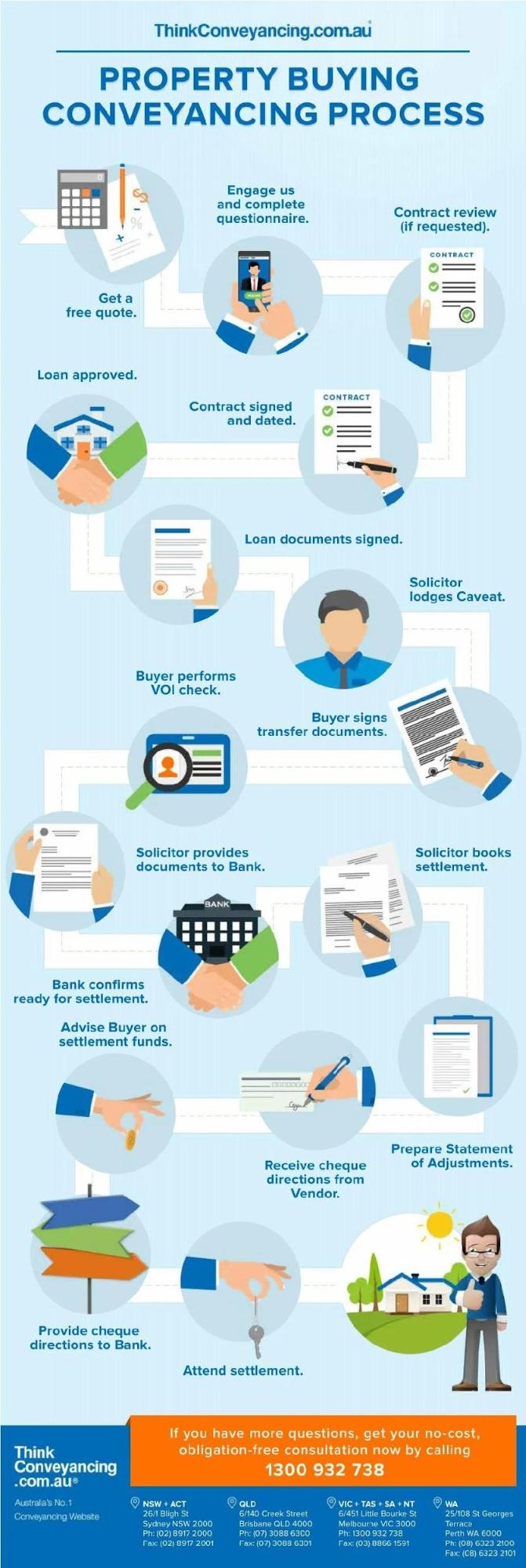Aussie First Home Buyer’s Survival Guide: Steer Clear of These Costly Mistakes!
In Australia’s fiercely competitive property market, where a single misstep can cost thousands, the dream of homeownership often feels like navigating a minefield blindfolded. Surprisingly, many first-time buyers fall prey to the same pitfalls—overextending budgets, skipping inspections, or relying on outdated advice—despite the wealth of resources available. Why? Because the real challenge isn’t just financial; it’s strategic.
As government incentives evolve and urban landscapes shift, the stakes have never been higher. Can you afford to gamble with your future? This guide unpacks the hidden traps and overlooked strategies, transforming uncertainty into opportunity for savvy buyers ready to outsmart the market.
Understanding the Aussie Home Buying Landscape
Australia’s property market operates as a dynamic ecosystem, shaped by fluctuating interest rates, regional migration trends, and government interventions. One overlooked factor is the ripple effect of urban decentralization. As remote work gains traction, regional areas are experiencing a surge in demand, driving up prices in traditionally affordable markets.
Conventional wisdom suggests focusing solely on city hotspots, but savvy buyers are leveraging this shift by targeting emerging growth corridors. For instance, areas with planned infrastructure projects often see exponential value increases.
By aligning property choices with long-term urban planning trends, buyers can secure assets poised for both lifestyle benefits and capital growth.
Foundational Terminology and Concepts
A critical yet underappreciated concept in the Australian property market is lender’s mortgage insurance (LMI). Often misunderstood, LMI protects the lender—not the buyer—when a deposit is below 20%. While many view it as a financial burden, strategic use of LMI can enable earlier market entry, particularly in rapidly appreciating areas.
For example, a buyer leveraging LMI to secure a property in an emerging growth corridor may offset the cost through capital gains. This approach requires precise financial modeling, balancing short-term costs against long-term benefits.
Understanding LMI’s implications empowers buyers to make informed, opportunity-driven decisions.
Budgeting and Saving Strategies
Effective budgeting begins with a zero-based approach, where every dollar is allocated a purpose, ensuring no funds are wasted. For instance, automating savings into a high-interest account can accelerate deposit growth while minimizing temptation to overspend.
Unexpectedly, small lifestyle adjustments—like meal prepping or switching utility providers—can compound into significant savings over time. A case study from regional NSW showed a couple saving $5,000 annually by cutting discretionary expenses and leveraging government grants like the First Home Owner Grant.
Expert advice emphasizes tracking expenses meticulously and revisiting budgets quarterly to adapt to changing financial conditions, ensuring sustained progress toward homeownership goals.
Image source: pinterest.com
Calculating Your Borrowing Capacity
A nuanced factor in borrowing capacity is the interest rate buffer applied by lenders, typically 3% above the current rate. While this ensures resilience against rate hikes, buyers often overlook its impact on affordability. For example, a $500,000 loan at 5% interest may require demonstrating repayment ability at 8%, significantly reducing borrowing power.
To counter this, buyers can reduce liabilities, such as credit card limits, which lenders count as potential debt. Additionally, leveraging government schemes like the First Home Guarantee can lower deposit requirements, freeing funds for other costs. Proactive financial planning ensures buyers remain competitive without overextending.
Effective Deposit-Saving Techniques
Maximizing savings through high-interest accounts requires more than just selecting the highest rate. Timing deposits to align with bonus interest conditions—such as monthly minimum contributions—can significantly boost returns. For instance, a $20,000 balance earning 4.5% p.a. with consistent $500 monthly deposits could generate over $1,000 in annual interest.
Additionally, pairing this with salary sacrifice contributions under the First Home Super Saver Scheme (FHSSS) offers tax advantages, accelerating deposit growth. A lesser-known strategy involves leveraging term deposits for lump sums, locking in higher rates while maintaining liquidity for smaller, regular savings. Combining these methods ensures both stability and growth.
Avoiding Budget Traps and Overspending
A critical yet overlooked budget trap is the lazy tax—overpaying for services due to inertia. Regularly reviewing and renegotiating contracts for utilities, insurance, and subscriptions can yield significant savings. For example, switching energy providers in NSW saved one household $1,200 annually.
Another hidden pitfall is underestimating lifestyle creep. As income rises, discretionary spending often increases unnoticed. Combat this by automating savings increases proportional to income growth.
Finally, avoid emotional overspending by setting purchase cooling-off periods. Waiting 48 hours before non-essential purchases reduces impulsive decisions, ensuring alignment with long-term goals. These strategies foster disciplined, goal-oriented financial habits.
Securing the Right Home Loan
Choosing the right home loan is akin to tailoring a suit—it must fit your financial profile perfectly. Beyond interest rates, consider loan features like offset accounts, which can reduce interest costs by linking savings to your loan balance. For instance, a $10,000 offset on a $400,000 loan at 5% interest could save $500 annually.
Avoid the misconception that fixed rates always offer stability; they may lack flexibility for extra repayments. Expert advice suggests blending fixed and variable rates to balance predictability and adaptability. Finally, pre-approval strengthens your bargaining power, signaling financial readiness to sellers.

Image source: mortgagechoice.com.au
Comparing Loan Features and Rates
When comparing loan features, the comparison rate is a critical yet underutilized tool. Unlike advertised rates, it accounts for fees, charges, and revert rates, offering a clearer picture of a loan’s true cost. For example, a loan with a 4.99% advertised rate but a 6.2% comparison rate may include hidden fees or higher long-term costs.
Additionally, prioritize features like redraw facilities or offset accounts based on your financial goals. A redraw facility suits those needing occasional liquidity, while offset accounts benefit borrowers aiming to minimize interest. Aligning features with personal cash flow needs ensures both flexibility and cost efficiency.
Leveraging Government Incentives
Maximizing government incentives requires strategic timing and alignment with personal financial goals. For instance, combining the First Home Owner Grant (FHOG) with the First Home Super Saver Scheme (FHSSS) can significantly reduce upfront costs. A buyer contributing pre-tax income to superannuation under FHSSS not only accelerates deposit growth but also minimizes taxable income.
Lesser-known factors, such as regional-specific grants or stamp duty concessions, can further enhance affordability. However, eligibility criteria often vary by state, necessitating thorough research. Consulting with a mortgage broker ensures tailored advice, enabling buyers to layer incentives effectively and secure long-term financial benefits.
Navigating the Legal Process
The legal process in home buying is akin to assembling a puzzle—each piece, from contracts to inspections, must align perfectly. Engaging a licensed conveyancer or solicitor early ensures critical steps, like title searches and contract reviews, are handled meticulously. For example, a buyer in Sydney avoided a $15,000 penalty by identifying restrictive covenants before signing.
A common misconception is that standard contracts are foolproof; however, hidden clauses can lead to unexpected liabilities. Expert advice highlights the importance of negotiating terms, such as settlement periods, to suit your circumstances. Proactive legal guidance safeguards your investment and streamlines the journey to ownership.
Image source: slideserve.com
Conveyancing and Contract Essentials
A critical yet underexplored aspect of conveyancing is the special conditions within contracts. These clauses, often overlooked, can significantly impact flexibility and risk. For instance, a “subject to finance” clause protects buyers if loan approval falls through, yet failing to include it could result in forfeited deposits.
Additionally, sunset clauses in off-the-plan purchases can either safeguard buyers or expose them to delays. Expert conveyancers recommend tailoring these conditions to specific circumstances, ensuring alignment with financial and legal goals. By scrutinizing and negotiating such terms, buyers can mitigate risks and secure a smoother transaction, avoiding costly surprises.
Settlement and Final Steps
A lesser-known yet pivotal factor in settlement is the pre-settlement adjustment statement. This document reconciles costs like council rates, water charges, and strata fees, ensuring the buyer only pays for their ownership period. Miscalculations here can lead to disputes or unexpected expenses.
Additionally, timing is critical—delays in fund transfers or missing documents can derail settlement. For example, a Melbourne buyer faced a two-week delay due to incomplete lender paperwork, incurring penalty interest. Engaging proactive communication between your conveyancer, lender, and seller’s representative minimizes such risks. Precision and preparedness during this stage ensure a seamless transition to ownership.
FAQ
What are the most common mistakes first-time home buyers make in Australia?
First-time buyers often overextend budgets, underestimate additional costs like stamp duty, or skip essential inspections. Relying on outdated advice and neglecting pre-approval are also frequent pitfalls. Failing to leverage government incentives or overlooking contract details, such as special conditions, can lead to costly errors. Strategic planning mitigates these risks effectively.
How can first-time buyers effectively budget for hidden costs like stamp duty and inspections?
First-time buyers should research state-specific stamp duty rates and use online calculators for accurate estimates. Allocate funds for inspections, conveyancing, and moving costs within a zero-based budget. Regularly review expenses and maintain an emergency fund to cover unexpected fees. Leveraging grants or concessions can further offset these hidden costs.
What strategies can help first-time buyers maximize government incentives and grants?
Start applications early and gather all required documentation to avoid delays. Research state-specific grants, such as the First Home Owner Grant, and layer them with schemes like the Home Guarantee Scheme. Consult mortgage brokers for tailored advice, ensuring eligibility criteria are met and incentives are strategically combined for maximum financial benefit.
Why is it important to engage professional conveyancers, and how do they safeguard your investment?
Professional conveyancers ensure legal compliance, conduct title searches, and identify potential restrictions like easements. They review contracts for hidden liabilities and negotiate terms to protect buyers. By managing settlement processes and addressing delays, they safeguard investments, prevent costly errors, and provide peace of mind throughout the property transaction journey.
How can first-time buyers identify and leverage emerging growth corridors in the Australian property market?
First-time buyers should analyze urban planning documents and infrastructure projects to pinpoint growth corridors. Monitor regional migration trends and property value patterns. Target areas with upcoming transport links or amenities. Consulting local experts and leveraging data from platforms like CoreLogic ensures informed decisions, maximizing both lifestyle benefits and long-term capital growth.








